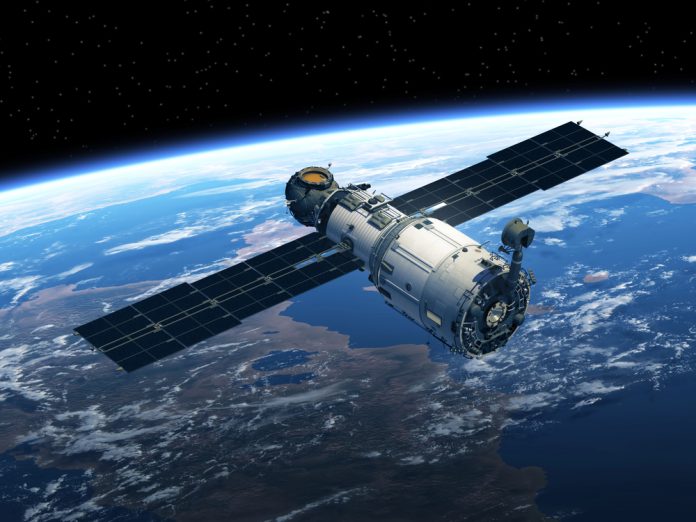
A tractor in Iowa will deviate by twelve feet or more in the course of a solar storm, not for mechanical reasons, but as a result of the unseen ballet of magnetic fields on the Sun and Earth. The launch of the University of Iowa-led TRACERS mission by NASA will seek to investigate the very core of this phenomenon magnetic reconnection near the Earth’s cusp assuring not only new scientific discovery but real payoffs in navigation, agriculture, and our technological infrastructure.
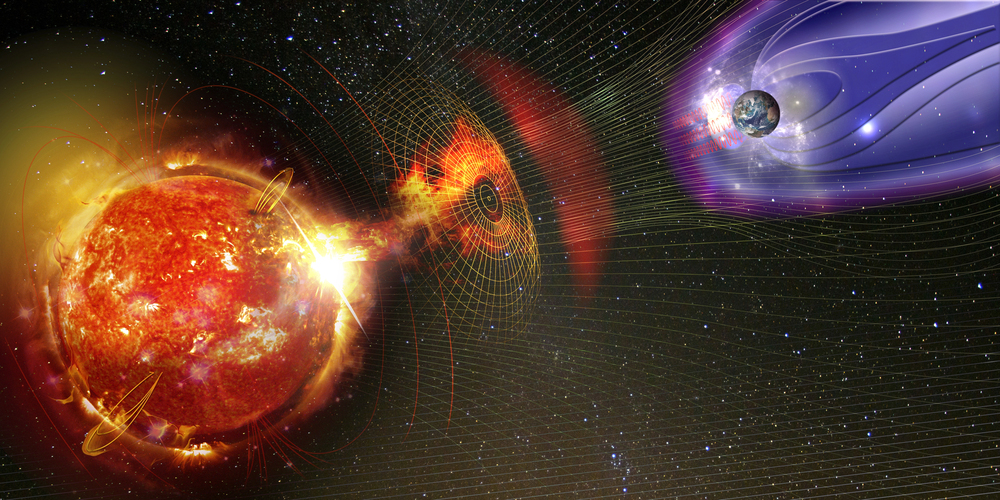
1. The TRACERS Mission: Unraveling Sun-Earth Magnetic Interactions
At the heart of TRACERS Tandem Reconnection and Cusp Electrodynamics Reconnaissance Satellites are two identical spacecraft each replete with five advanced instruments for crossing the polar cusps in low Earth orbit. As NASA describes it, “the mission includes two satellites, which will ‘investigate the Sun-Earth magnetic field interactions.” They will travel in tandem, split seconds apart, by 10 to 120 seconds, allowing scientists to take three-dimensional snapshots of magnetic reconnection events in real time. The sun-synchronous orbits of the satellites guarantee repeated, focused traversals of the dayside cusp, where magnetic lines of the Earth’s field deflect downward and create an entrance for solar wind particles.
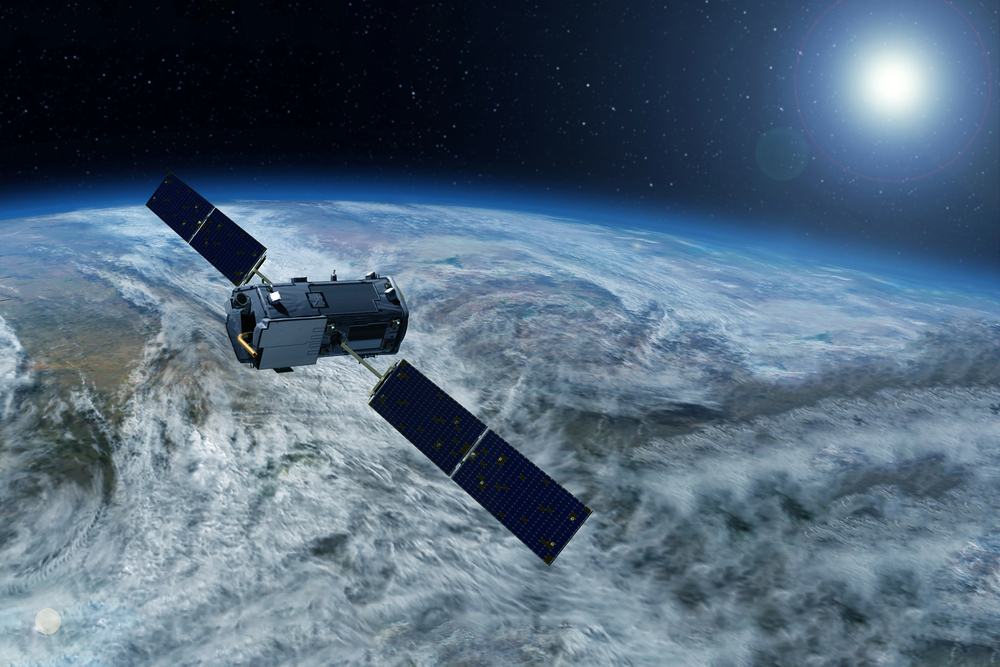
2. Magnetic Reconnection: The Engine of Space Weather
Magnetic reconnection is a basic process in which magnetic field lines from the Sun and Earth converge, break, and explosively reorganize, shooting charged particles into the upper atmosphere. As SwRI’s Mark Phillips explained, “By observing from two points along the orbit, the mission offers a multidimensional view of these reconnection events, providing crucial insights into how solar wind conditions impact the magnetosphere.” The cusp region, acting as a funnel, focuses these energetic particles and waves into a small area, making it an ideal vantage point for studying the dynamics of space weather. TRACERS will offer more than 3,000 cusp crossings during its initial year, far exceeding the earlier missions that were based on one pass or a single spacecraft TRACERS two-satellite mission is set to investigate magnetic reconnection at Earth’s cusp.

3. Instrumentation: A New Era for Magnetospheric Science
The TRACERS payload is a testament to state-of-the-art engineering. Every satellite has onboard the Analyzer for Cusp Ions (ACI), Analyzer for Cusp Electrons (ACE), DC Magnetometer (MAG), Magnetic Search Coil (MSC), and Electric Field Instrument (EFI). The ACI, which is NASA’s Magnetospheric Multiscale (MMS) heritage, samples energy-angle distributions of ions every 0.3 seconds, while ACE monitors electrons with a resolution of less than 100 milliseconds. The MSC and MAG instruments, designed at the University of Iowa and UCLA, deliver high-fidelity magnetic field measurements over a wide frequency range necessary to detect both slow and fast magnetic fluctuations. The EFI, designed at UC Berkeley, measures electric fields up to 5 MHz, allowing for detailed plasma diagnostics TRACERS: NASA’s Twin-Satellite Geomagnetic Storm Chasers.
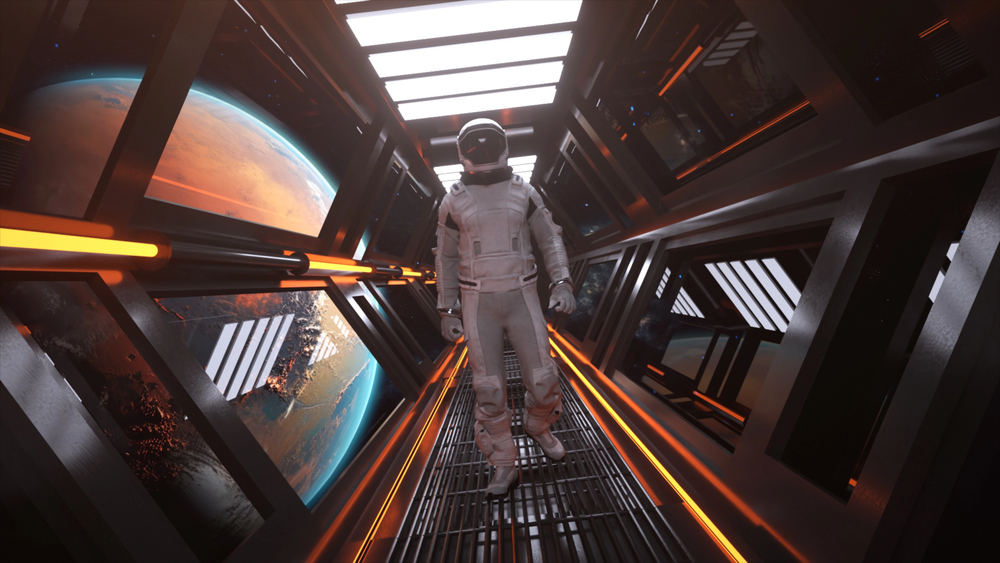
4. Engineering Innovation: The MAGIC Magnetometer Demonstration
One of the high points of TRACERS is hosting the MAGIC (MAGnetometers for Innovation and Capability) technology demonstration. MAGIC targets one of the longest-standing bottlenecks in space magnetometry: the shortage of legacy fluxgate cores. New, custom-built fluxgate cores were developed by the University of Iowa through reverse-engineered processes, tested extensively through thermal vacuum and vibration testing. MAGIC employs two sensor types one traditional ring-core, one new Tesseract design installed on the TRACERS spacecraft. These sensors provide vector magnetic field measurements at 128 samples/sec with noise less than 10 pT/√Hz at 1 Hz, a new low-noise, high-stability standard for spaceflight magnetometers MAGnetometers for Innovation and Capability.
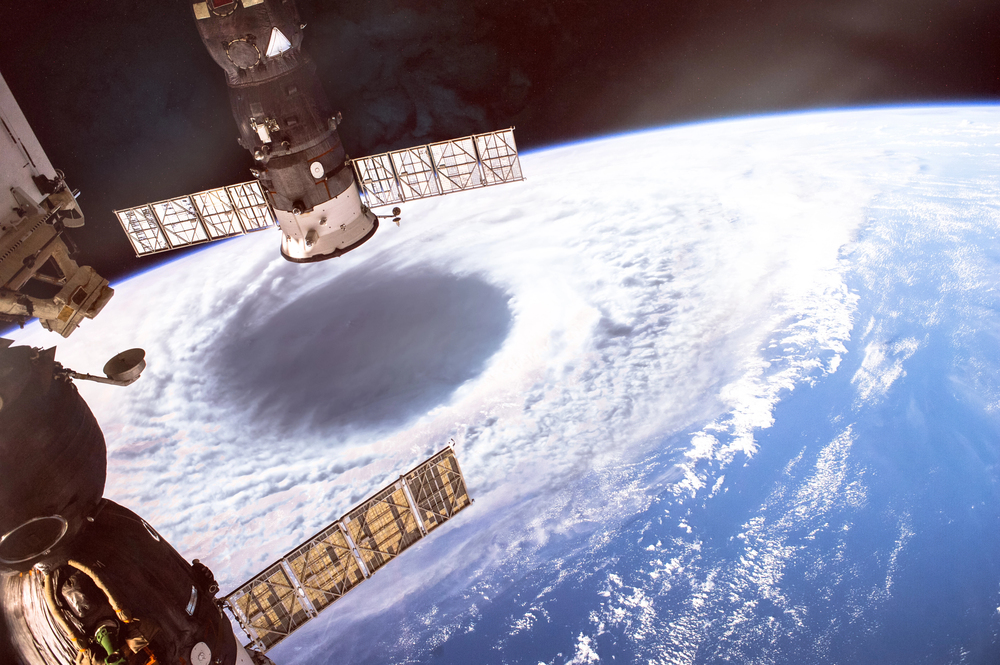
5. The Science of Space Weather Forecasting
Predicting and understanding space weather needs observation beyond just that; it calls for advanced computational modeling and data assimilation. The ionosphere, being a plasma-sparse layer between 60 and 1,000 km altitude, is extremely dynamic, particularly during geomagnetic storms. Models like the Thermosphere Ionosphere Electrodynamics Global Circulation Model (TIEGCM) and the International Reference Ionosphere (IRI) couple satellite and ground-based observations to model electron densities and plasma flows. Recent developments in ensemble Kalman filter methods and bias reduction techniques have enhanced the reliability of 1-hour forecasts of ionospheric conditions, critical for predicting interference with communication and navigation systems What is data assimilation and why does it matter in weather modeling?
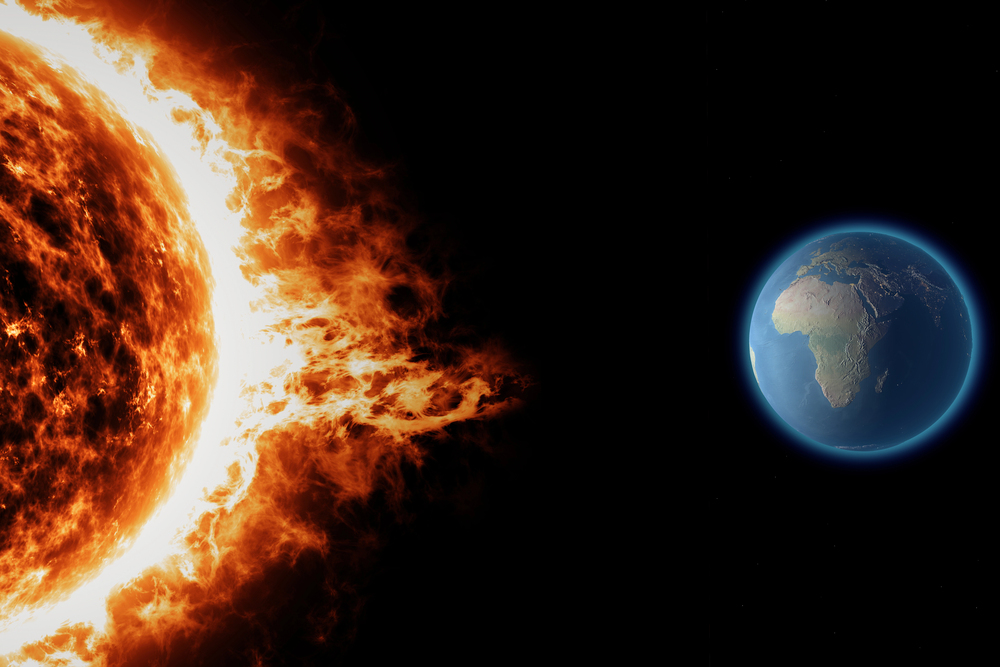
6. Impact of Space Weather on Navigation and Agriculture
The laboratory effects of solar storms are experienced far from the lab. In May 2024, a G5-class geomagnetic storm the largest since 2003 produced GPS inaccuracies in Iowa, and some farmers reported planting mistakes as far as 12 feet. As Shawn Dahl of the Space Weather Prediction Center said, “What this geomagnetic storm does, is it changes the structure of the atmosphere that these signals are going through, and that increases the delay.” That timing must be so accurate and that causes accuracy errors. For Iowa precision agriculture, based on GPS-guided tractors with centimeter accuracy, such disconnections can cost thousands of dollars in losses from seeds and fertilizer misplaced due to solar storms. Solar storms represent an actual threat to numerous industries.
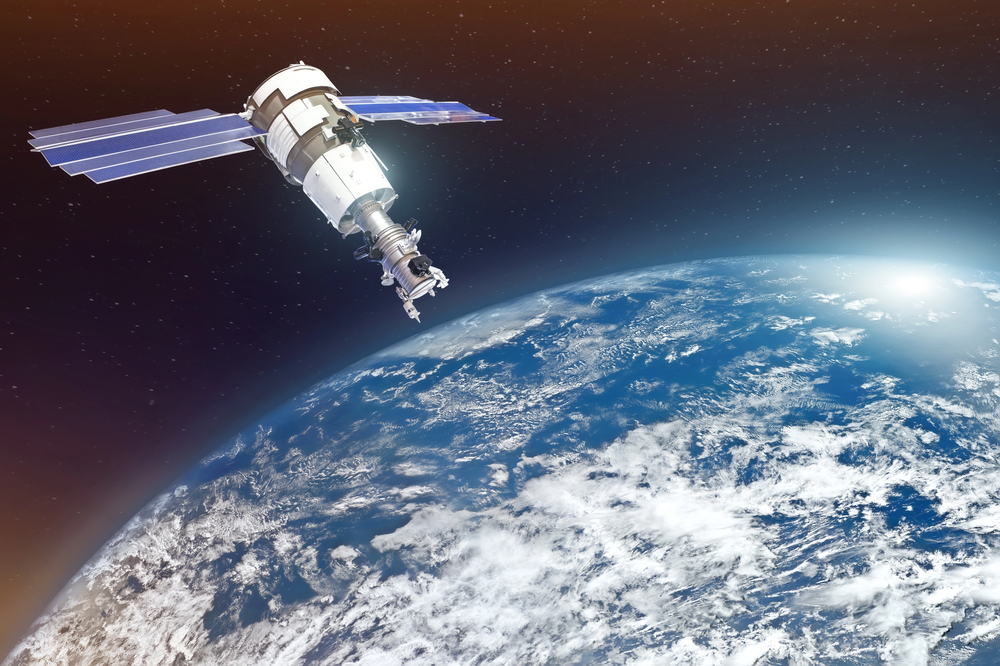
Terry Griffin, an economist of precision agriculture, cautioned, “If we think that we do lose GNSS access for a whole year, it could be a billion-dollar loss in efficiency just for the Midwest.” During the May 2024 storm, HTS Ag of Harlan fielded an onslaught of calls from farmers who were having GPS failures. “It shut some guys down,” said Aaron Saeugling, an Iowa State University Extension field agronomist. The mistakes varied between several feet and several hundred feet, causing many to stop planting until the storm passed Some Iowa farmers were interrupted by solar storm.

7. University of Iowa’s Leadership and Legacy
The TRACERS mission is a testament to the University of Iowa’s legacy in space physics. Organized over a conference dinner in 2017, the mission was guided by professors David Miles and Craig Kletzing, with contributions made by Kletzing being honored through the satellite’s electronics. The mission is the biggest externally funded research mission ever undertaken by the university, with NASA contributing more than $115 million. The mission is operated by the Southwest Research Institute, while instrument development is spread across UCLA, UC Berkeley, and the University of Iowa. As project principal investigator David Miles said, “It’s thrilling to see the TRACERS instruments and the two spacecraft coming together. The team is making great strides toward launch.”

The TRACERS satellites, launching from Vandenberg Space Force Base, will orbit over the poles for a year, giving an unprecedented dataset to unravel the Sun-Earth connection. Working alongside complementary missions such as NASA’s MMS, PUNCH, and EZIE, TRACERS will contribute to a complete picture of how solar energy influences our planet’s near-space environment.
With every transit across the cusp, TRACERS will not only push back the frontiers of basic science but also contribute to safeguarding the infrastructure on which modern civilization relies from satellites to farms, from grids to daily navigation.
